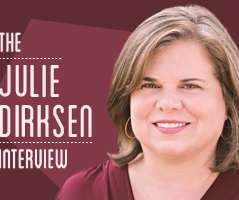Building a Learning and Performance Support Ecosystem (Steve Foreman) #elguild
Learning Visions
DECEMBER 17, 2014
eLearning Guild online webinar with Steve Foreman (InfoMedia Designs). Guild research: We continue to see a trend to replace more scheduled training (classroom, webinars, etc.) Talent Management, software help, search engines, CMS, DMS, analysts, blogs, wikis, social network, authoring tools, LMS, assessments, etc.
















Let's personalize your content